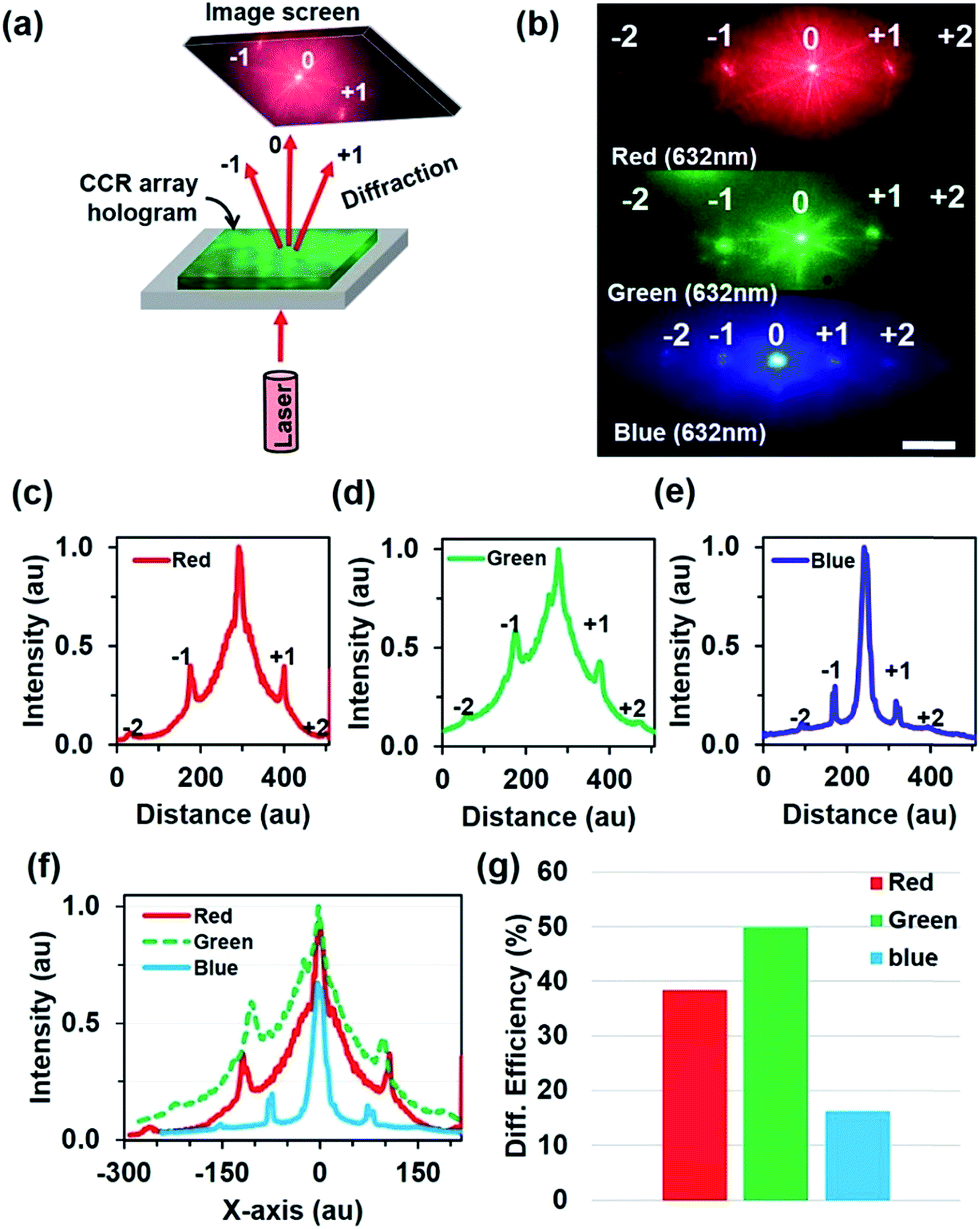
Recently, the present authors’ group has succeeded in patterning single or highly oriented crystal lines on the glass surface such as Smx Bi1−x BO3, -BaB2 O4, LiNbO3, Li2 Si2 O5, and BaAlBO3 F2 using laser-induced crystallization technique. Transparent glass-ceramics consisting of nanocrystals or oriented crystal having nonlinear optical, ferroelectric, or luminescent properties have high potentials for practical applications.

Crystallization of glasses is one of the effective methods to control the morphology of crystals, and optical transparent glass-ceramics containing nanocrystals and highly oriented crystals have been designed by controlling nucleation and crystal growth. It is very interesting and important to determine the crystal structure of BiBO3 (II) in order to clarify the origin of its large optical nonlinearity. On the other hand, BiBO3 (II) has been synthesized only by the crystallization of bismuth borate glass, i.e., no other crystal synthesis methods, such as a solid state reaction, nor its crystal structure has not been determined. determined the structure of BiBO3 (I) using single crystal to be the monoclinic space group P21 /c. It is reported that the glass-ceramics with BiBO3 (II) shows the second harmonic (SH) intensity of approximately 110 times as large as ␣-quartz. proposed that both glass-ceramics with BiBO3 (I) and BiBO3 (II) have nonlinear optical properties.Ĭorresponding author. Two polymorphs of this compound with different modifications, i.e., BiBO3 (I) (ICDD no. On the other hand, Pottier proposed the presence of thermodynamically metastable phase of BiBO3.

␣-BiB3 O6 crystallizes in the noncentrosymmetric monoclinic space group C2, and the structure consists of a two-dimensional borate layer with 3− ring. In particular, ␣-BiB3 O6 is known as a promising material for effective frequency conversion because of its large nonlinear optical coefficients. The binary phase diagram of Bi2 O3 –B2 O3 determined by Lavin and MacDaniel shows the presence of five thermodynamically stable crystalline compounds of Bi24 B2 O39, Bi4 B2 O4, Bi2 B5 O12, and ␣-BiB3 O6. Introduction Bismuth borate crystals have received much attention due to their extremely attractive optical properties. Keywords: Glass-ceramics TEM observations Crystal structure Metastable phase Bismuth borate crystalġ. The structure and a model of crystal growth of BiBO3 (II) in the crystal line patterned by the laser-induced crystallization were proposed.

The crystal structure of rare-earth-doped BiBO3 (II) was successfully determined as the noncentrosymmetric monoclinic space group ˚ b = 4.979 A, ˚ c = 6.443 A, ˚ and β = 143.4◦, which parameters reproduce well X-ray diffraction C2 or Cm with the lattice constants of a = 6.634 A, patterns for BiBO3 (II) phase formed in the crystallization of the glass. The crystal line was sliced into thin foils using FIB from three mutually perpendicular directions, and electron diffraction patterns were obtained by TEM observations for the thin foils. A highly oriented crystal line on the glass surface with BiBO3 was obtained using Yb:YVO4 laser irradiation (λ = 1080 nm) in a glass with the composition of 5Sm2 O3 –5Gd2 O3 –35Bi2 O3 –55B2 O3. TEM analysis for crystal structure of metastable BiBO3 (II) phase formed in glass by laser-induced crystallization Kenji Shinozaki ∗, Kazutaka Hashimoto, Tsuyoshi Honma, Takayuki Komatsu Department of Materials Science and Technology, Nagaoka University of Technology, 1603-1 Kamitomioka-cho, Nagaoka 940-2188, Japan Received 20 August 2014 received in revised form 30 January 2015 accepted 13 March 2015 Available online 2 April 2015Ībstract The crystal structure of metastable BiBO3 (II) phase was investigated using transmission electron microscope (TEM) observations combined with a focused ion beam (FIB) sample preparation and simulation technique. Available online at ScienceDirect Journal of the European Ceramic Society 35 (2015) 2541–2546


 0 kommentar(er)
0 kommentar(er)
